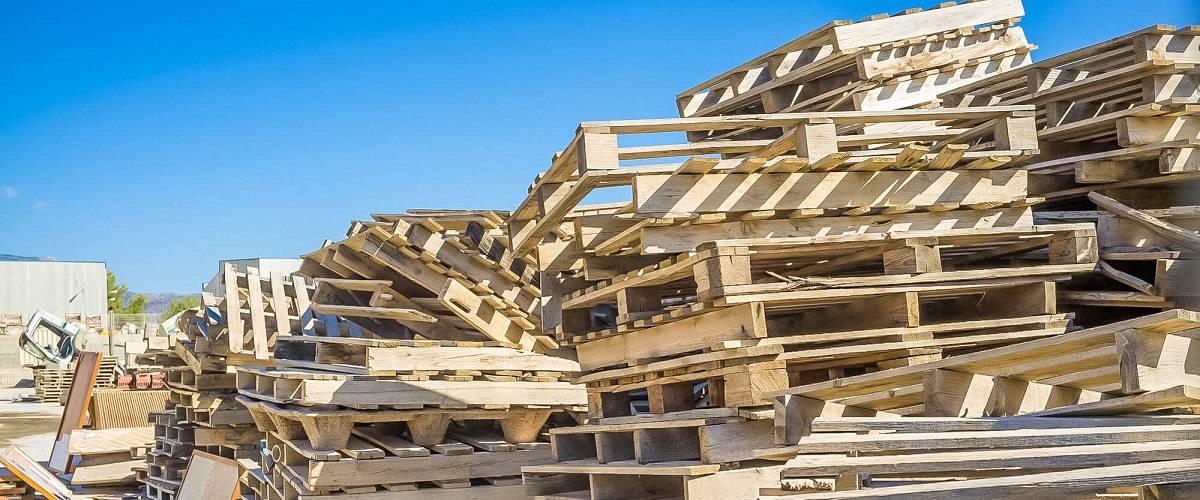Wooden pallets are one of the secret treasures of preppers. They’re incredibly useful, and their low-key appearance makes them easy to collect in fair numbers.
The biggest use of wooden pallets is their individual parts. A disassembled pallet will provide a fairly large number of pre-cut wooden boards. These boards can then be repurposed as fences, tables, ladders, and whatever your craftsmanship is capable of. Depending on how salvageable the nails used to build them are, you can likely use those as well. Some common conversions include water/fuel barrel stands, gun racks, and garden stilts.
You don’t even need to take them apart to make use of them. Whole pallets can be used as walkways, protecting your feet from thick mud or shallow water. They can be placed vertically as sturdy fence segments, or cut into thirds to stack as stairs. While these are less visually appealing, bug out locations are seldom built for fashion.
Another use for pallets is their wood for burning, but additional precautions will be necessary. Some pallet wood has been treated. Depending on how, it may not be safe to burn. You can tell what treatment it’s gone through by the markings on the sides of the pallet. These two to three letter markings will tell you exactly whether the wood is safe or not.
Safe to Burn
- DB = Debarked. Untreated wood
- HT = Heat Treated
- KD = Kiln Dried
- EPAL = European Pallet Assisiation Logo, debarked and heat treated and regulated by the EU.
Not Safe to Burn
- MB = Methyl Bromide. Toxic, produces dangerous fumes.
- EUR = the old EPAL, avoid burning if you can, unless approved by the current EPAL.
- Painted = Do not burn painted wood, including on pallets.
You can normally find discarded pallets by the dumpsters of warehouse facilities and other industrial locations. They are also often sold online by private owners for a low price.

